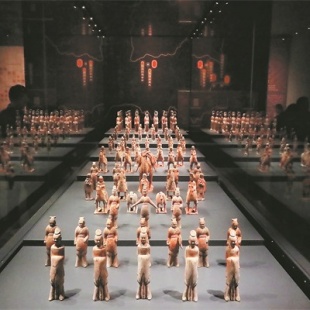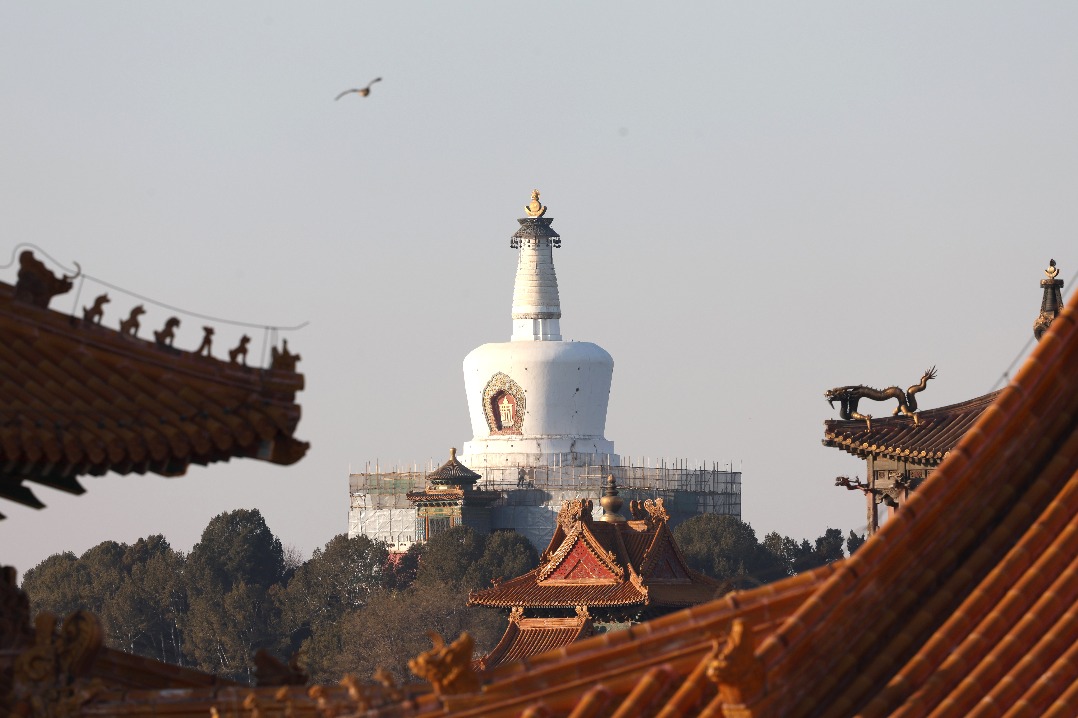A dynastic site to behold
Centuries-long history of the city comes to life through archaeological discoveries and great protective efforts, report Wang Ru in Luoyang, Henan, and Shi Baoyin in Zhengzhou.


In the 11th century, Northern Song Dynasty (960-1127) high-ranking official and historian Sima Guang temporarily withdrew from officialdom and settled in present-day Luoyang, Henan province, following setbacks due to political struggles.
The ancient capital functioned for 600 years, the longest stretch of a single city in Chinese history. When Sima passed through ancient Luoyang city ruins, he found it had been abandoned for several centuries. Struck by the stark contrast between its glorious past and present state, he wrote a poem to express his mixed feelings — "For tales of glory and decay through the ages, just read Luoyang's ruins; they tell all".
Originally established during the Western Zhou Dynasty (c. 11th century-771 BC), the city served as the capital through several dynasties, including the Eastern Zhou (770-256 BC), Eastern Han (25-220), Wei (220-265), Western Jin (265-316) and Northern Wei (386-534), until it was abandoned in the early Tang Dynasty (618-907). Its most significant period, from the end of the Eastern Han to the Northern Wei dynasties, was marked by political unrest and the integration of multiple ethnic groups.
As one of the eastern starting points of the ancient Silk Road, the site was designated as part of the UNESCO World Heritage site's "Silk Roads: the Routes Network of Chang'an-Tianshan Corridor" with the title "Site of Luoyang City from the Eastern Han to Northern Wei Dynasty (1st — 6th century)" in 2014.
Although its magnificent palaces and towering pagodas have disintegrated into the soil, its large scale — 100 square kilometers with city walls distinguishing the palace city, inner city and outer city — still tells of its glamorous past.





































